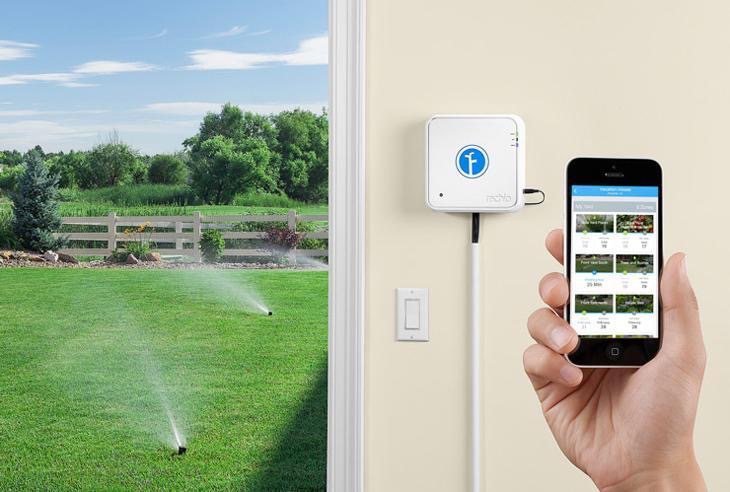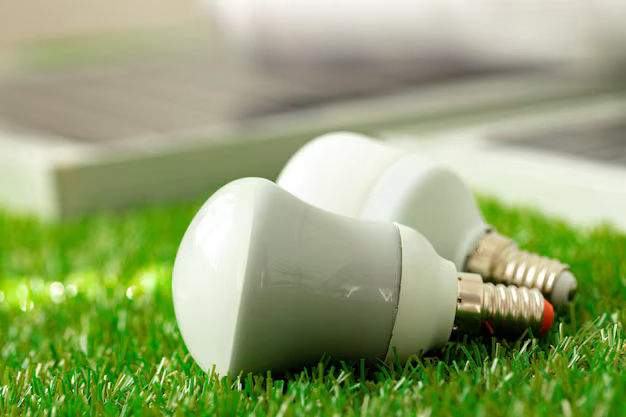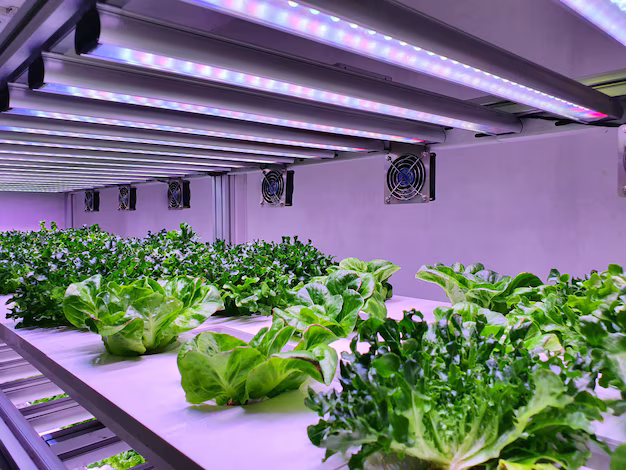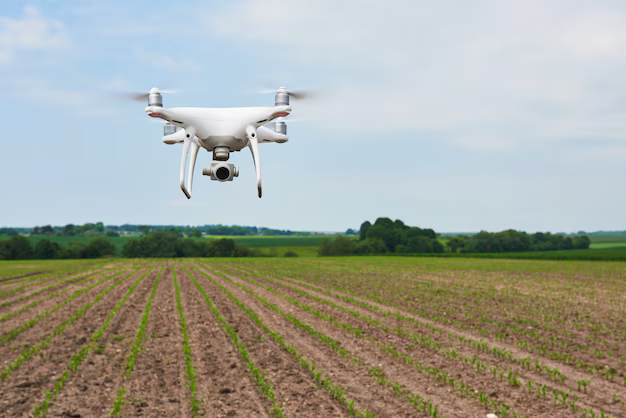Gardening, often viewed as a traditional and hands-on activity, is now experiencing a transformation with the help of innovative technology. From advanced sensors to smartphone apps, technology in the garden is making it easier for gardeners to maintain thriving plants and lush landscapes. Whether you are a seasoned gardener or just starting, here are some of the ways you can integrate technology to create a smart, efficient garden.Smart Irrigation Systems: Efficient Watering
One of the biggest challenges for any gardener is watering plants adequately. Overwatering or underwatering can damage plant health, and manual watering schedules are often hard to maintain. Smart irrigation systems use soil moisture sensors, weather data, and even historical climate information to regulate water delivery automatically.
 Smart sprinklers, such as Rachio, RainMachine,or B-hyve, connect to your smartphone and adjust watering schedules based on weather forecasts. If rain is expected, they pause the system; if there is a heatwave, they adjust to keep the plants hydrated. These systems help save water, lower utility bills, and keep your plants at peak health, reducing the need for replacements later.
Smart sprinklers, such as Rachio, RainMachine,or B-hyve, connect to your smartphone and adjust watering schedules based on weather forecasts. If rain is expected, they pause the system; if there is a heatwave, they adjust to keep the plants hydrated. These systems help save water, lower utility bills, and keep your plants at peak health, reducing the need for replacements later.
Soil Sensors: Real-Time Insights into Soil Health
Healthy soil is the foundation of a vibrant garden. Soil sensors provide real-time data on moisture levels, temperature, and nutrient content, helping gardeners understand their soil's condition. Gadgets like the Xiaomi Mi Plant Sensor connect to your phone and offer alerts or advice when plants need water, fertilization, or a temperature adjustment.
These insights are particularly helpful for container gardening or plants with specific needs. Knowing exact conditions eliminates guesswork, resulting in healthier plants and fewer challenges for gardeners.
Gardening Apps: Information and Guidance at Your Fingertips
Gardening apps have evolved from simple plant identification tools to comprehensive garden management systems. Apps such as PlantSnap and PictureThis use image recognition technology to identify plants, while Gardenate and Gardener’s Journal offer tips on planting schedules, tracking plant growth, and setting reminders for watering or fertilizing.
Some apps even provide pest and disease identification, helping users diagnose and treat issues early. By using these resources, you can easily plan your garden layout, get timely reminders, and access tailored care advice.
Automated Lighting: Enhancing Growth Indoors
 For those with indoor or greenhouse gardens, LED grow lights controlled by smart systems are a game-changer. These systems simulate the sun’s natural light cycle, providing plants with the light they need even on gloomy days or during winter months.
For those with indoor or greenhouse gardens, LED grow lights controlled by smart systems are a game-changer. These systems simulate the sun’s natural light cycle, providing plants with the light they need even on gloomy days or during winter months.
Using apps or smart plugs, gardeners can set timers, adjust light intensity, and monitor the spectrum to optimize growth for each type of plant. Brands like Philips Hue and GE offer customizable LED grow lights suitable for a range of plants and setups.
 Smart Greenhouses: Complete Climate Control
Smart Greenhouses: Complete Climate Control
For the ultimate tech-savvy gardener, smart greenhouses offer a controlled environment for year-round growth. Using automated ventilation, humidity control, heating, and irrigation, these greenhouses are ideal for plants that require specific climates. Sensors and systems can be programmed for automatic responses, helping maintain optimal growing conditions.
Many smart greenhouses also connect to mobile apps, allowing gardeners to monitor and adjust conditions remotely. They make it possible to grow anything from tomatoes to exotic plants with ease, regardless of external weather.
 Drones and Cameras: Aerial Views and Pest Control
Drones and Cameras: Aerial Views and Pest Control
While drones may sound futuristic, they are becoming popular for large gardens or farms, providing aerial views that help spot issues like pest infestations or overwatering in hard-to-reach areas. Gardeners can also use motion-detection cameras to monitor for intruders, such as deer or rabbits, alerting them before significant plant damage occurs.
For larger properties, drones with specialized imaging can identify early signs of plant stress, enabling timely interventions that would be difficult to notice from ground level.
Technology is opening new doors for gardeners by making it easier to understand, monitor, and maintain their plants. Smart irrigation, soil sensors, gardening apps, and even drones are redefining what is possible in the backyard. For those passionate about growing plants, embracing these tools not only makes gardening more accessible and enjoyable but also promotes healthier plants and more sustainable practices.
With technology by your side, you can be a green thumb in today’s digital world – making gardening a rewarding hobby or even a year-round passion project. Whether it’s a smartphone app or an entire smart greenhouse, there is always a technological solution ready to help you cultivate your garden paradise.











.png)

